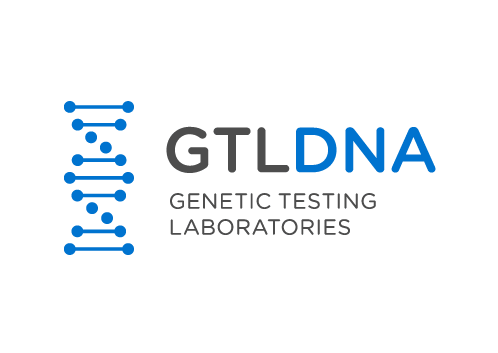A child inherits their DNA from their mother’s egg, containing 23 chromosomes, and the father’s sperm, also containing 23 chromosomes. Therefore each contributing parent determines half of the child’s DNA. The child (and any human) has 23 pairs of chromosomes.
Every location (“locus” – plural “loci”) in a chromosome pair has a specific DNA sequence for every chromosome. A parental DNA test identifies the DNA sequences specifically for multiple loci in the mother, child, and father.
If the mother and father are confirmed as the parents of the child, the DNA sequences at each locus of the child’s chromosomes must have been inherited from each parent. Determining paternity and maternity is possible from these DNA sequences.
For more information, see Understanding a Paternity Test Report.
